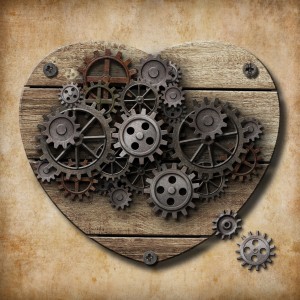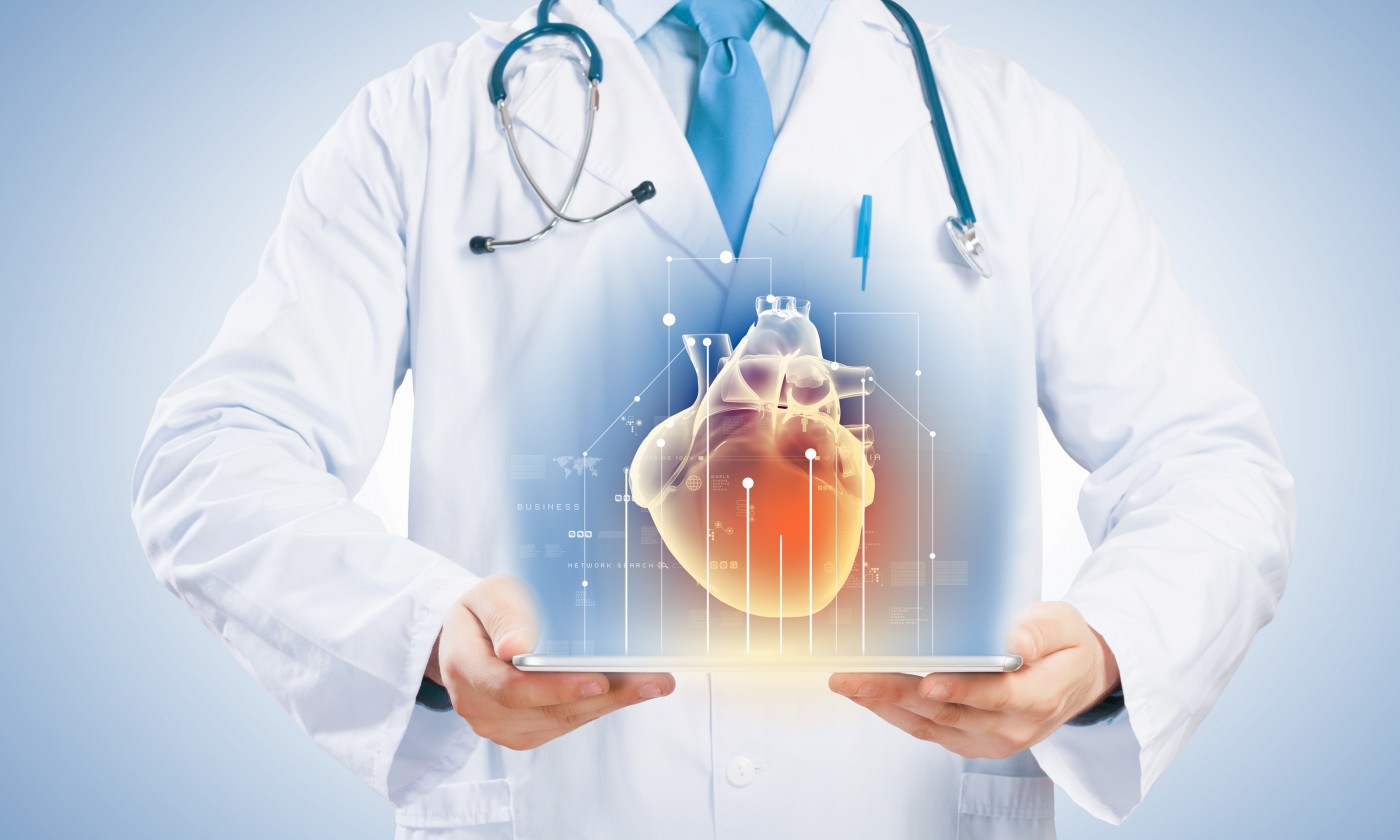 Researchers from the University of Texas Southwestern Medical Center published findings in the Journal of the American College of Cardiology, showing heart muscle regeneration in patients with heart failure who had a prolonged use of mechanical assist devices. The study is entitled “Human Ventricular Unloading Induces Cardiomyocyte Proliferation.”
Researchers from the University of Texas Southwestern Medical Center published findings in the Journal of the American College of Cardiology, showing heart muscle regeneration in patients with heart failure who had a prolonged use of mechanical assist devices. The study is entitled “Human Ventricular Unloading Induces Cardiomyocyte Proliferation.”
It has been previously shown in newborn mice that the heart is able to develop a strong and regenerative response upon injury by activating cell division. This regenerative ability is however lost after birth, due to changes in blood flow that result in a more oxygenated environment in the heart. Such an environment is thought to cause oxidative damage to the cellular machinery that is capable of inducing heart-muscle regeneration.
In this study, researchers hypothesized that left ventricular assist devices (LVADs) could reduce the oxidative damage that occurs within the heart-muscle cells. LVADs are mechanical pumps used to support blood flow and heart function in individuals with weakened hearts awaiting heart transplants. Researchers assessed pre- and post-LVAD heart muscle samples of ten patients with heart failure for biomarkers of DNA damage and cell proliferation.
“We looked at markers of what is called the DNA damage response in cardiomyocytes (heart-muscle cells) of these patients,” said the study’s senior author Dr. Hesham Sadek in a news release. “The response is composed of a cascade of proteins that is activated in response to DNA damage and in turn shuts off the ability of cardiomyocytes to divide. We found that patients who were on LVAD for more than six months had significantly decreased levels of DNA damage response.”
The team also examined markers of cell division and proliferation, and found almost the triple of cardiomyocyte cells in patients who used LVADs for six months or longer. “This result shows that patients with mechanical assist devices have the ability to make their muscle cells divide,” noted Dr. Sadek. “And the obvious question now is, ‘Are these hearts regenerating? Could LVADs be used as a cure for heart failure?’ ”
Heart failure is characterized by an injury to the heart, making it unable to efficiently pump blood and maintain normal blood flow in the body. It is a debilitating and deadly disease that according to the American Heart Association affects around 6 million people in the United States.
“Putting in a mechanical pump rests the heart and apparently sends a signal to make new heart cells. This is the first time that this phenomenon has been shown to occur in human heart failure.” said one of the study authors, Dr. Pradeep Mammen.
Future research should determine whether this cell division can lead to viable heart tissue and a stronger pump activity. “Dr. Sadek’s findings raise the prospect of reawakening otherwise quiescent cardiac muscle cells, coaxing them into regenerating new and healthy cells. This has been an over-arching objective of the field for many years. The next step will be to leverage these exciting results to rebuild the failing heart,” said the Chief of Cardiology at UT Southwestern Dr. Joseph Hill.
“This is a fascinating study and a wonderful example of the translation of a discovery in basic science to an important new insight into human disease,” said Dr. Eric Olson, Director of the Hamon Center for Regenerative Science and Medicine, and an associate of Drs. Sadek and Mammen. “Dr. Sadek’s work provides fresh new ideas for stimulating heart regeneration, which is one of the biggest challenges in cardiovascular medicine today.”


